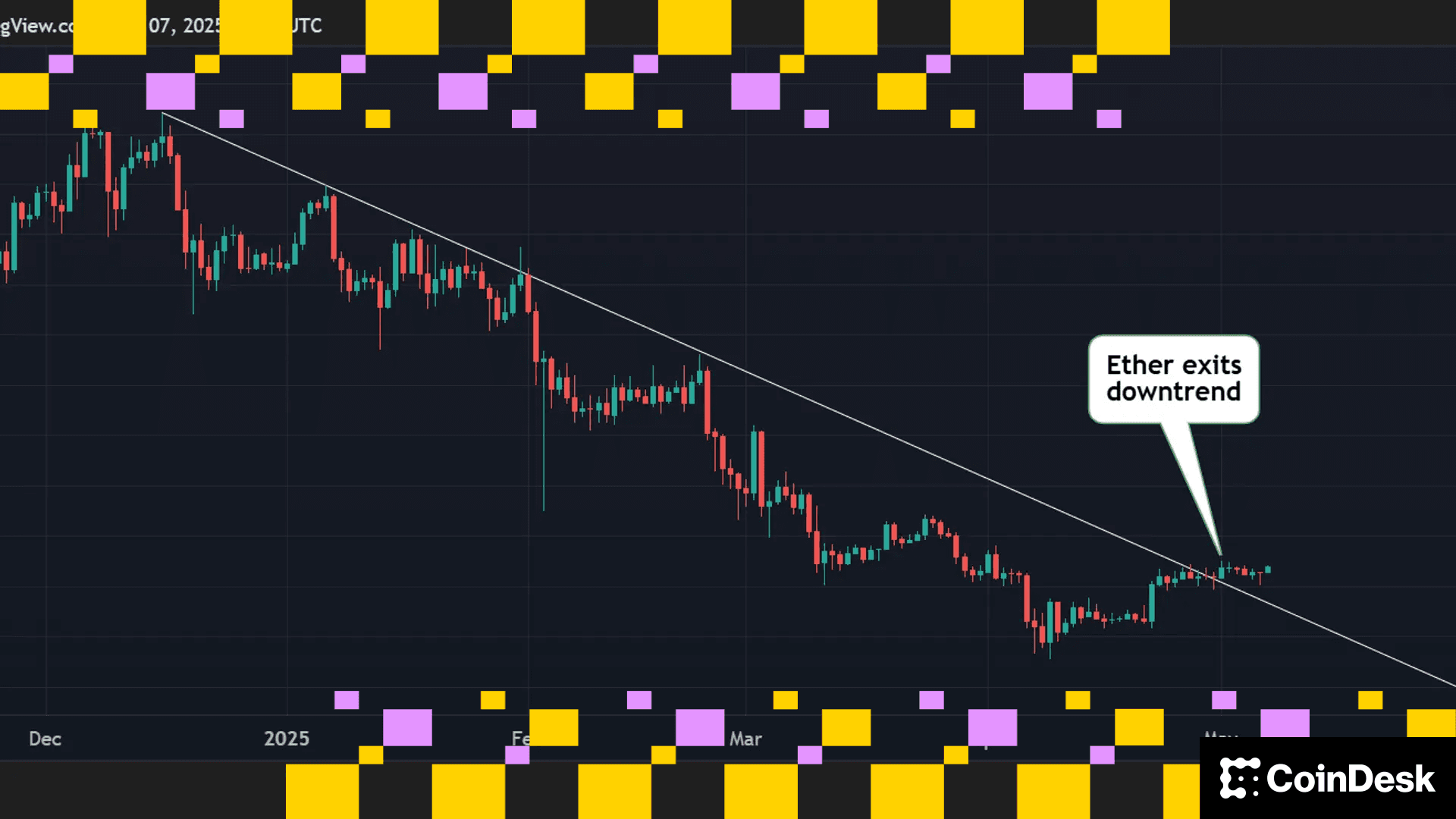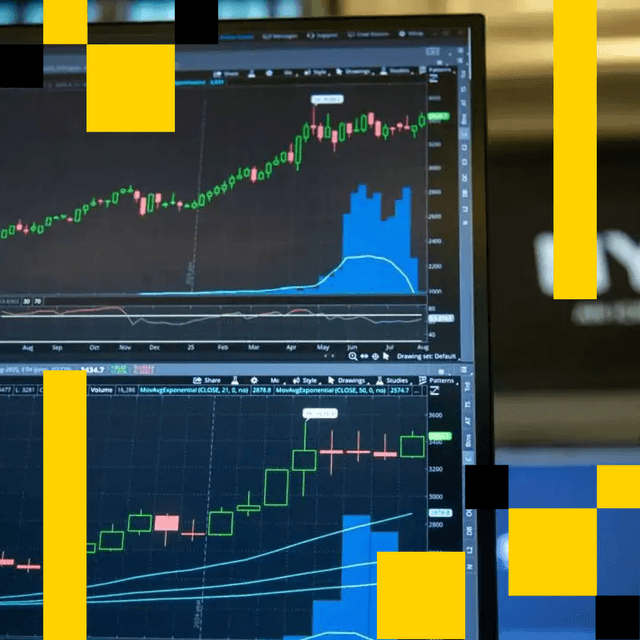The Blockchain-Based Solution Poised to Improve Our Financial Lives
Tokenization grabs headlines, but digital wallets hold tremendous promise, too.

While advances in blockchain technology and tokenization often grab the headlines, there is a more mundane concept that nevertheless may end up being the single most important piece of future financial industry (and commercial) infrastructure – the digital wallet.
A cryptographically protected, blockchain-based digital wallet is a piece of software that points to an address on the internet where tokenized assets can be stored. There is no identifying information on these wallets other than a long string of letters and numbers. The wallet itself contains a digital key that is required to unlock and access the holdings in the user’s wallet, and such keys are only shared when a wallet owner authorizes a transaction.
Today, individuals, many small and medium enterprises as well as institutions operate across a fragmented set of financial accounts that each require separate types of paper-based documentation (often stored in electronic form). For individuals, this includes checking and savings accounts that deal with the entity’s cash; brokerage and investment accounts that deal with retirement, education, healthcare and more; liability accounts that deal with mortgages, loans, lines of credit or credit cards; and a significant number of accounts that relate to the individual’s assets, valuables and collectibles including special documents such as titles, contracts and insurance policies.
You’re reading Crypto Long & Short, our weekly newsletter featuring insights, news and analysis for the professional investor. Sign up here to get it in your inbox every Wednesday.
Navigating this plethora of accounts is rarely enjoyable or easy. Within each of these account categories, a single entity may have multiple service providers or multiple accounts within a service provider. Account owners must remember their usernames and passwords, authorize their devices and oftentimes manually input account numbers and balances to create aggregated views of their holdings across institutions.
Tokenization of the assets in these different types of accounts would allow multiple types of instruments to sit side-by-side in a digital wallet and enable every user to see the entirety of their wealth in one location. Cash could become spread across a set of central bank digital currencies (CBDCs), cryptocurrencies and stablecoins. Investments could be comprised of tokenized securities, funds and assets. Liabilities could be represented as tokenized obligations, and assets, valuables and collectibles represented as non-fungible tokens (NFTs) with contractual documents such as the title or insurance policy embedded within the token itself.

Every asset could be custodied for safe-keeping and the cryptographic keys to lock and unlock the wallet either held individually or protected by qualified providers that offer to guarantee and manage the security of the wallet infrastructure. Moreover, an entity’s digital identity could be tied to this wallet and used interchangeably across all service providers and use cases, removing the need for individual know-your-customer compliance and creating an ease of use that is simply not possible today.
Efforts to achieve this vision are already underway. A part of the European Digital Transformation agenda is the creation of a digital identity and wallet system that can be used across the eurozone. Pilots of the European Union Digital Identity Wallet commenced in April. Over 250 private companies and public authorities across Europe are expected to participate. Use cases include financial scenarios but also cover much broader ground such as filing taxes, presenting a driver’s license and showing visas and travel documents.
In the not-so-distant future, a digital wallet may very well sit at the center of every investor’s life.
Disclaimer:
All investments involve risk, including the loss of principal.
Investments in Digital Assets are subject to many specialized risks and considerations, including but not limited to risks relating to:
(i)immature and rapidly developing technology underlying Digital Assets, (ii) security vulnerabilities of this technology, (iii) credit risk of Digital Asset exchanges that may hold an Account's Digital Assets in custody, (iv) regulatory uncertainty around the rules governing Digital Assets, Digital Asset exchanges and other aspects and parties involved with Digital Asset transactions, (v) high volatility in the value/price of Digital Assets, (vi) unclear acceptance of some or all Digital Assets by users and global marketplaces, and (vii) manipulation or fraud resulting from the pseudo-anonymous manner in which ownership of Digital Assets is recorded and managed.
Note: The views expressed in this column are those of the author and do not necessarily reflect those of CoinDesk, Inc. or its owners and affiliates.
Meer voor jou












